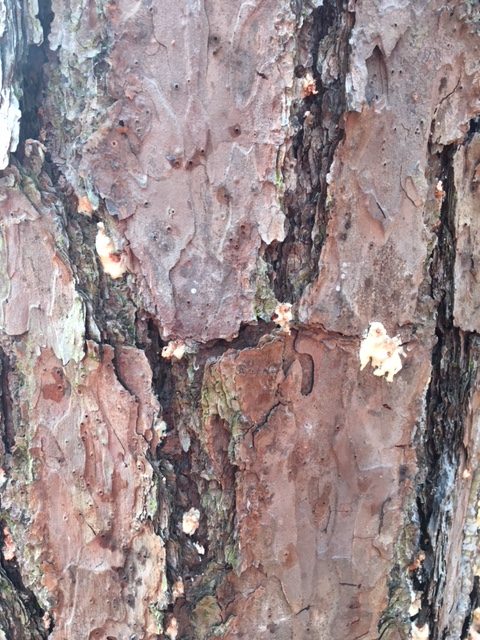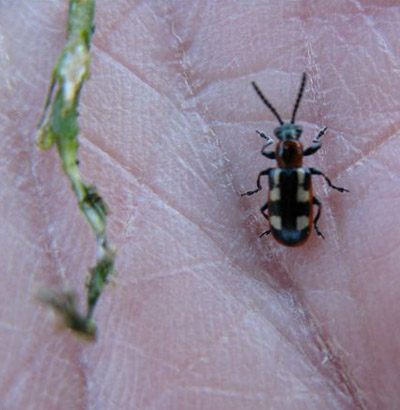Pine Beetles – How to Deal With An Infestation

Q: We had a tree die from pine beetles and my husband would like to cut it down himself as he has done with other trees. Is there is a risk of spreading beetle larva when the limbs are moved? And is there anything that can be done to safeguard our other pine trees?
A: It’s tough to say what a homeowner should do in this situation. If your tree died recently from a Southern pine beetle infestation, the offspring are probably feeding under the bark of nearby trees.
Will those pines die later? Maybe or maybe not – it depends on how many are under the bark now and how much damage is done before winter. Southern pine beetles damage trees by feeding on the vital cambium layer under the bark. Once the trunk is girdled by beetle feeding galleries, the tree will soon die. Infested trees might also die from the “blue stain” fungi that the beetles introduce. Many homeowners take a “wait and see” attitude, even though this is a real gamble during dry, stressful weather.
If a pine tree’s needles have turned brown, the beetles have already dispersed. Any that are left in the tree can be killed by de-barking the trunk sections and putting the limbs through a chipper. Spraying the dead tree with insecticide does not help. Since pine beetles are attracted by the scent of cut pine wood, I recommend that you remove the tree from your property as soon as possible. You could then have adjacent pines sprayed, top to bottom, with an insecticide labeled for borer control. You’ll need to hire a tree service for the task since the upper branches of pines are usually out of reach of normal homeowner sprayers.















